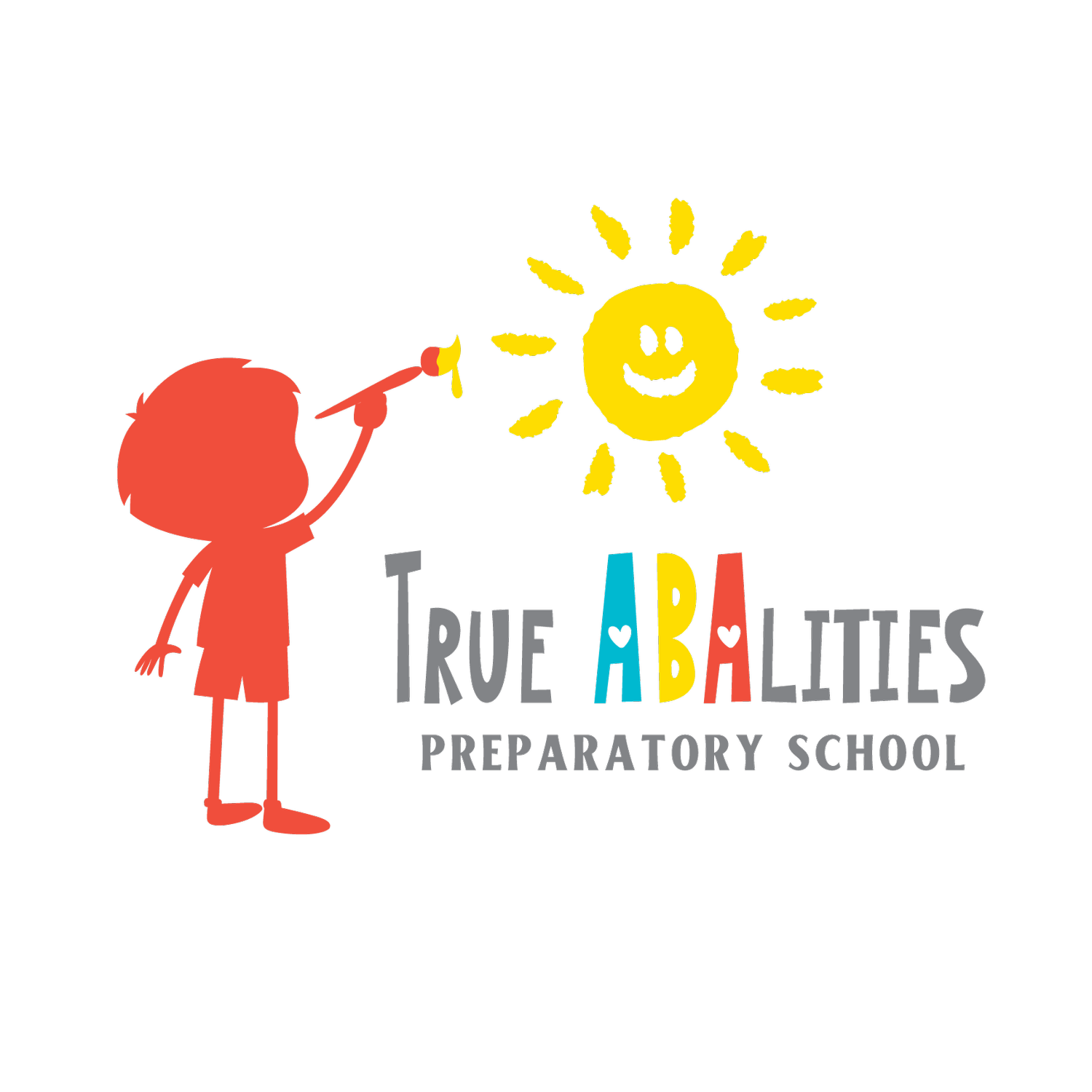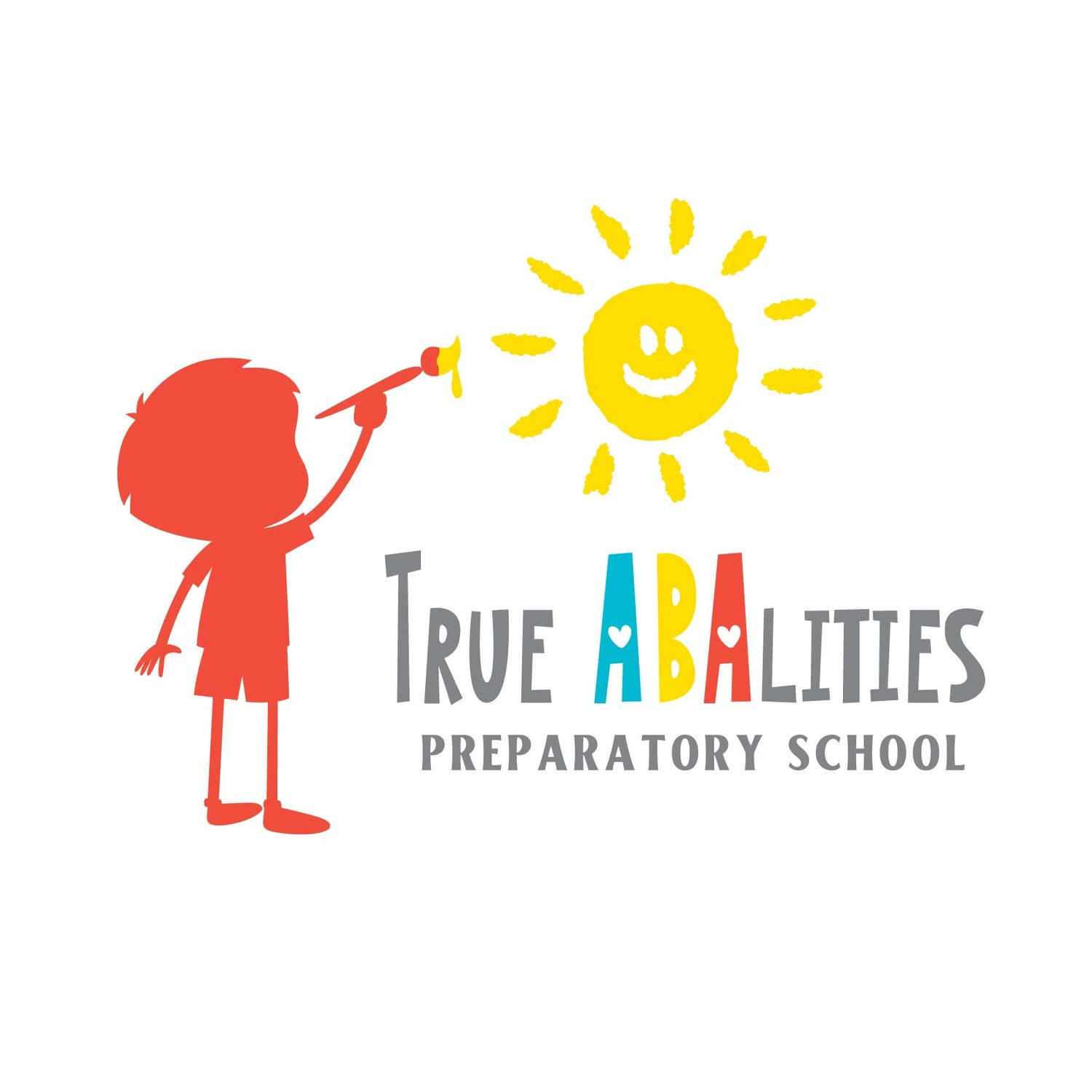
Behavior Analysis
Behavior analysis is a scientific discipline that investigates and interprets how behavior works and is affected by the environment so that it can be used to understand, predict, and modify it. When we are able to predict behavior we are then able to build the “curriculum” in order to teach a new skill thus modifying the old behavior into a new behavior, which is the definition of learning.
Applied Behavior Analysis (ABA) utilizes the principles and methods of behavior analysis in real-world scenarios. By collecting and analyzing data to identify the underlying cause of a skill deficit, teachers understand the “why”. Teachers can then use powerful teaching tools (the “how”) with learners of all ages and abilities. Ongoing data collection and analysis helps track the progress and allow for modifications as necessary.
Using ABA in an educational setting can help:
Increase language
Build greater communication skills
Improve attention, focus and memory
Increase emotional regulation
Improve social skills
ABA-based teaching tools include:
Identifying significant incentives
Incorporating the learners' interests into the lesson(s)
Rewarding positive behavior
Providing clear and consistent expectations
Rewarding all efforts by the learner
Balancing easy and challenging tasks to manage frustration
Teaching skills that replace problematic behaviors
Identifying deficit areas, and teaching the skills
Gradually reducing teacher or peer assistance until the learners can independently perform a skill
Pyramid Approach to Education
The Pyramid Approach to Education is a teaching strategy used to break down complex concepts or skills into smaller, more manageable parts. This approach is based on the idea that students must master foundational knowledge before progressing to more advanced topics. It was developed in the 1980s by Dr. Andrew Bondy and Dr. Lori Frost, who were educators and behavior analysts working with children with autism and other developmental disabilities.
The Pyramid Approach to Education has three main stages: 1) Foundational Knowledge, 2) Skill Development, and 3) Application. These stages involve introducing basic concepts and skills, building on foundational knowledge to develop more advanced skills, and applying the knowledge and skills learned to real-world situations. This approach is especially effective for children with autism and other learning disabilities as it allows for individualized instruction, provides structure and routine, and incorporates visual aids and other sensory tools.
To individualize instruction using the Pyramid Approach, teachers assess each student's current level of knowledge and skills and develop a personalized plan that breaks down concepts or skills into smaller, more manageable parts. The plan includes specific goals for each student and strategies and activities tailored to their needs, abilities, learning style, and interests. Teachers also provide ongoing assessment and feedback to help students improve and reach their full potential.
theory of verbal behavior
B.F. Skinner
The theory of verbal behavior, developed by psychologist B.F. Skinner, provides insights into how language and communication develop and can be effectively taught. Understanding this theory can be helpful for anyone who has someone in their life that has communication difficulties.
According to the theory of verbal behavior, language is a form of behavior that is shaped and reinforced through interactions with the environment. Skinner identified different functions of language and outlined the ways in which they are acquired. These functions include manding (requesting), tacting (naming or labeling), intraverbal (responding to verbal stimuli), echoic (repeating what is heard), textual (reading and writing), and autoclitic (response that modifies the effect on the listener).
Here's how this theory is applied in real-life situations:
1. Manding (Requesting): Teach your child to use words or gestures to request desired objects or actions. Encourage them to make requests by modeling the appropriate language and providing positive reinforcement when they communicate their needs effectively. For example, if your child wants a toy, prompt them to say "toy" or use a picture exchange system, and reward their efforts with praise or the desired item.
2. Tacting (Naming or Labeling): Help your child develop their vocabulary and ability to label objects, actions, or attributes. Point out and name various items around them, describe what they are doing, and engage in activities that encourage labeling. For instance, during a walk, you can point to a flower and say, "Look, it's a beautiful red flower!" Encourage your child to repeat the words or show understanding by nodding or looking at the object.
3. Intraverbal (Responding to Verbal Stimuli): Foster your child's ability to respond to questions, engage in conversations, and fill in missing information. Start with simple questions and gradually increase the complexity. For example, ask your child, "What is your favorite color?" or "What did you do at school today?" Provide positive reinforcement for their attempts to answer, even if they require assistance at first.
4. Echoic (Repeating What Is Heard): Encourage your child to repeat words or phrases they hear. Model the correct pronunciation and emphasize the sounds and syllables. Use fun activities like rhyming games or sing-alongs to make it engaging. For example, sing a nursery rhyme and encourage your child to sing along or repeat key phrases.
5. Textual (Reading): Introduce your child to reading and writing activities appropriate for their age and skill level. Start with simple picture books or alphabet recognition games. Gradually progress to more advanced reading materials and encourage them to write or trace letters and words. Celebrate their progress and provide positive reinforcement for their efforts.
6. Autoclitic (Modifying Verbal Behavior): This involves modifying or adding additional information to one's own verbal behavior, by using grammar, syntax, and other linguistic devices to enhance or clarify the meaning of a statement. Autoclitics allow children to convey more precise or additional information, express opinions, or make comparisons. For example, if you say, "I think the blue car is faster," the phrase "I think" serves as an autoclitic that indicates the your opinion. Another example is the statement "This delicious cake," where the word "delicious" adds a descriptive autoclitic to enhance the labeling of the object.
Picture Exchange Communication System (PECS)
The Picture Exchange Communication System, or PECS, is an innovative and effective method designed to help children who have difficulty with verbal communication to express themselves. It's an exciting approach that can open up a whole new world of communication for your child. Let me explain how PECS works and how it can empower your child to finally communicate.
PECS revolves around the use of visual symbols, typically in the form of pictures, to facilitate communication. It follows a structured sequence of steps that gradually builds upon your child's abilities and encourages them to initiate and engage in communication exchanges.
Here's how PECS can make a difference in your child's communication journey:
Building Communication Foundations: PECS starts by teaching your child the fundamental concept of communication - the idea that exchanging information leads to getting their needs and desires met. Through consistent practice and reinforcement, your child learns that communication is a powerful tool.
Engaging with Visual Symbols: PECS introduces your child to a system of visual symbols, such as pictures or icons, that represent objects, actions, or events in their environment. These symbols act as a bridge between their thoughts and the outside world. Initially, your child is encouraged to pick up a picture of something they desire, such as a favorite toy or snack.
Initiating Communication: As your child becomes familiar with the visual symbols, they are taught to exchange the picture with a communication partner, usually a caregiver or therapist. By doing so, they learn to initiate communication and make requests effectively. This step helps your child understand that their actions can lead to a desired outcome.
Expanding Communication Skills: Once your child has grasped the concept of requesting through the exchange of pictures, PECS progresses to more advanced levels. Your child is encouraged to use the visual symbols to answer questions, make comments, and engage in social interactions. This expansion enables them to express themselves in a variety of contexts and broadens their communication skills.
Promoting Speech Development: One of the remarkable aspects of PECS is that it can also support the development of speech. By using the visual symbols as a scaffold, your child may begin to associate spoken words with the corresponding pictures, eventually leading to spoken communication. PECS can be a stepping stone toward the development of verbal language, and many children transition from using pictures to using spoken words over time.
Empowering Independence: The ultimate goal of PECS is to empower your child to communicate independently. As they become proficient in using the visual symbols, they gain the ability to express their needs, thoughts, and preferences, reducing frustration and increasing their overall quality of life. They gain a sense of control and independence over their environment, which is incredibly empowering for both the child and the family.



